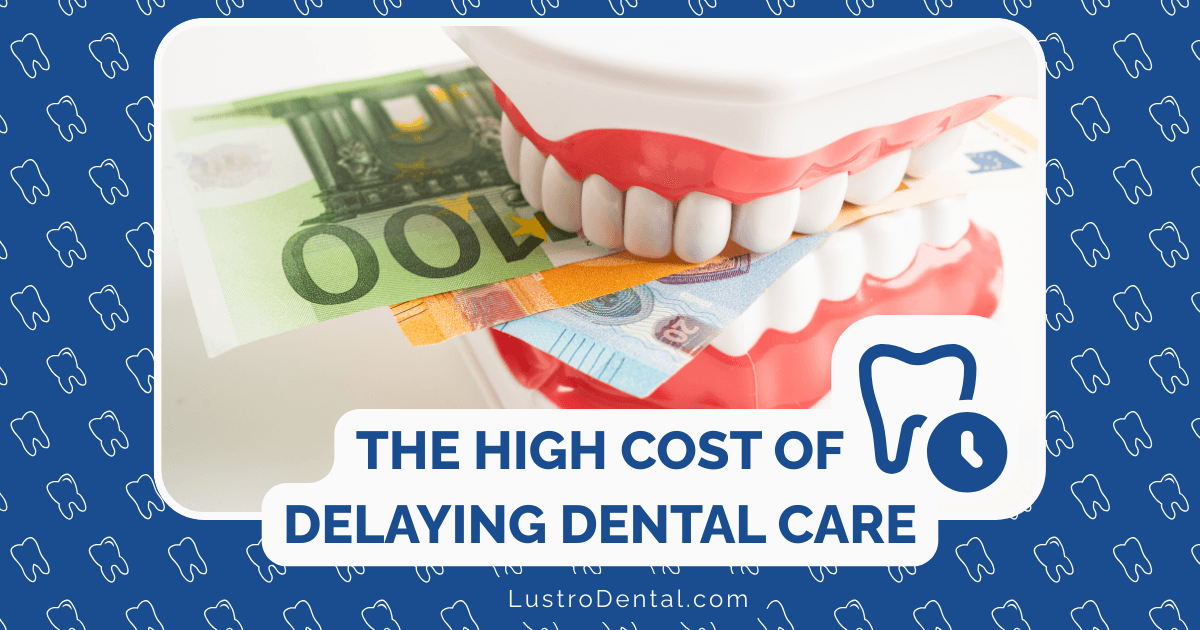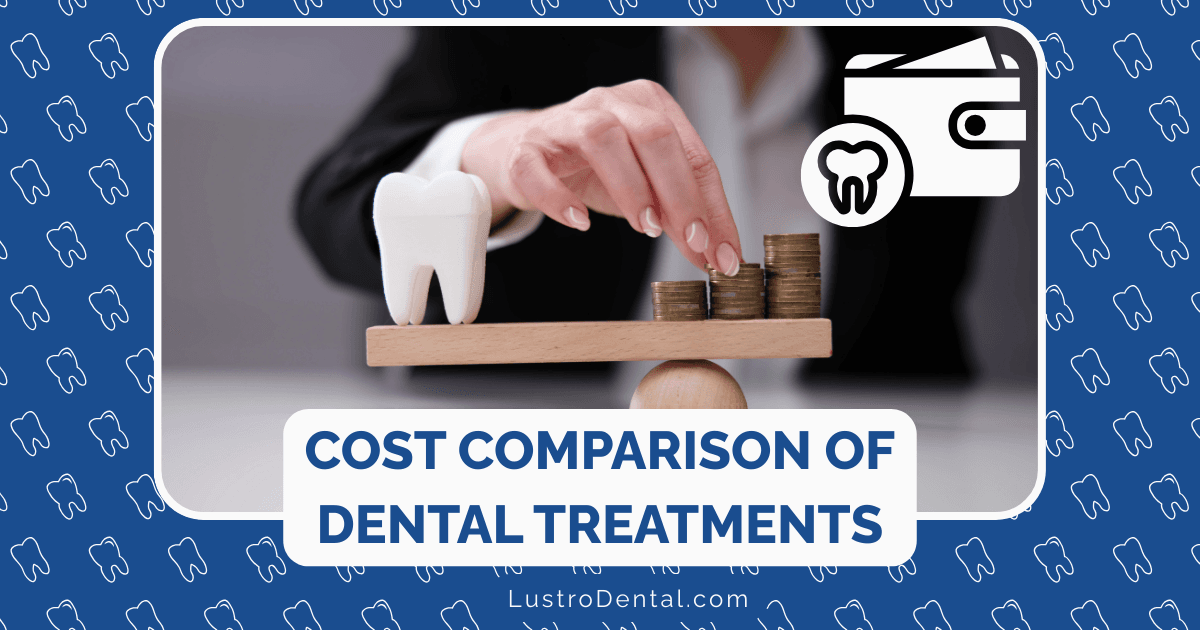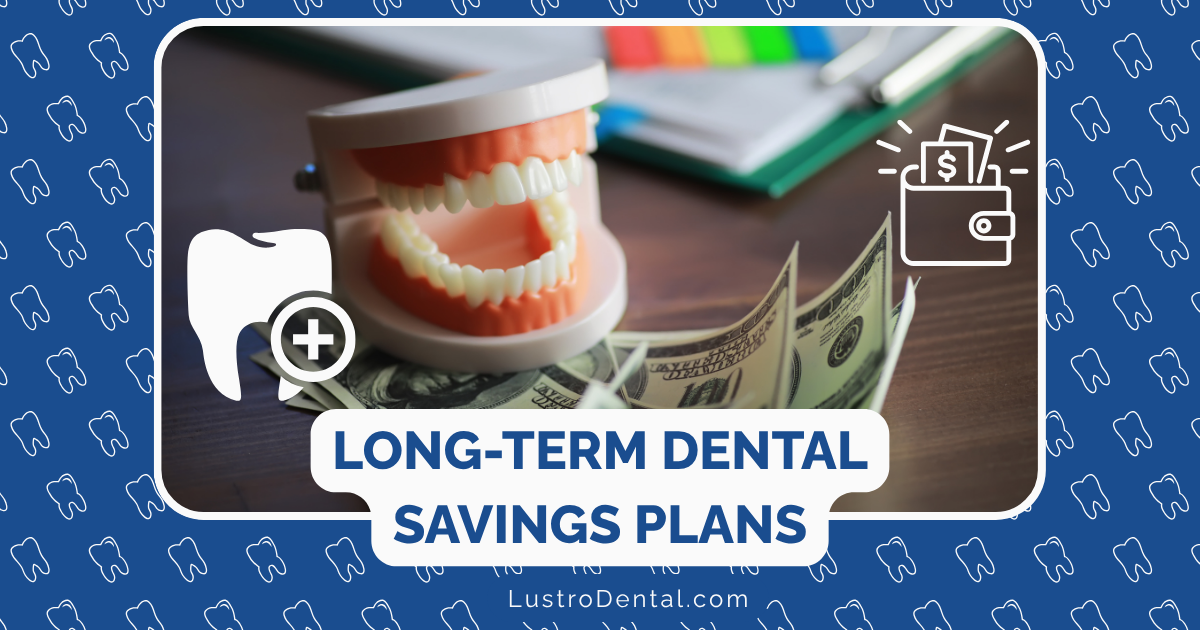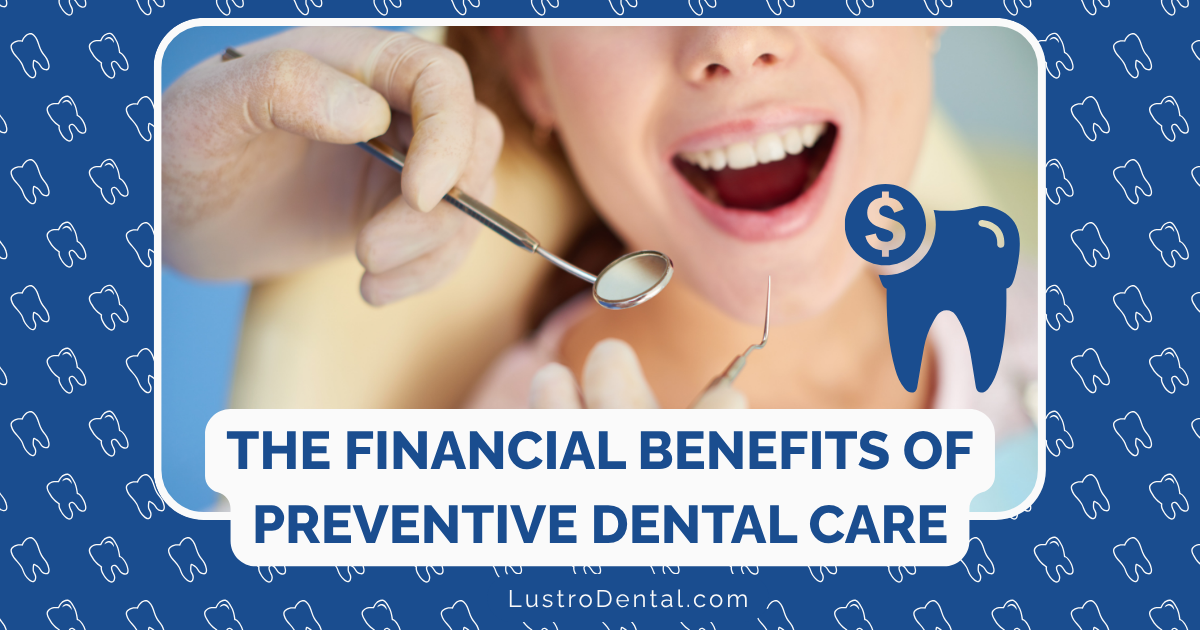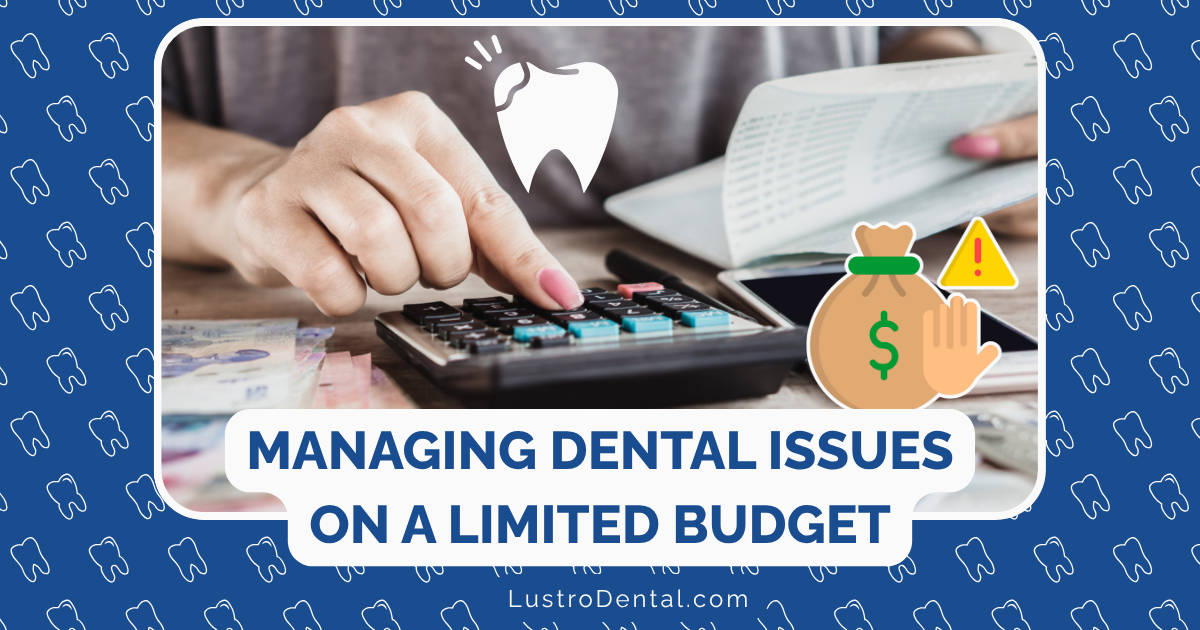PPO vs. HMO Dental Plans: Choosing the Right Option for Your Family
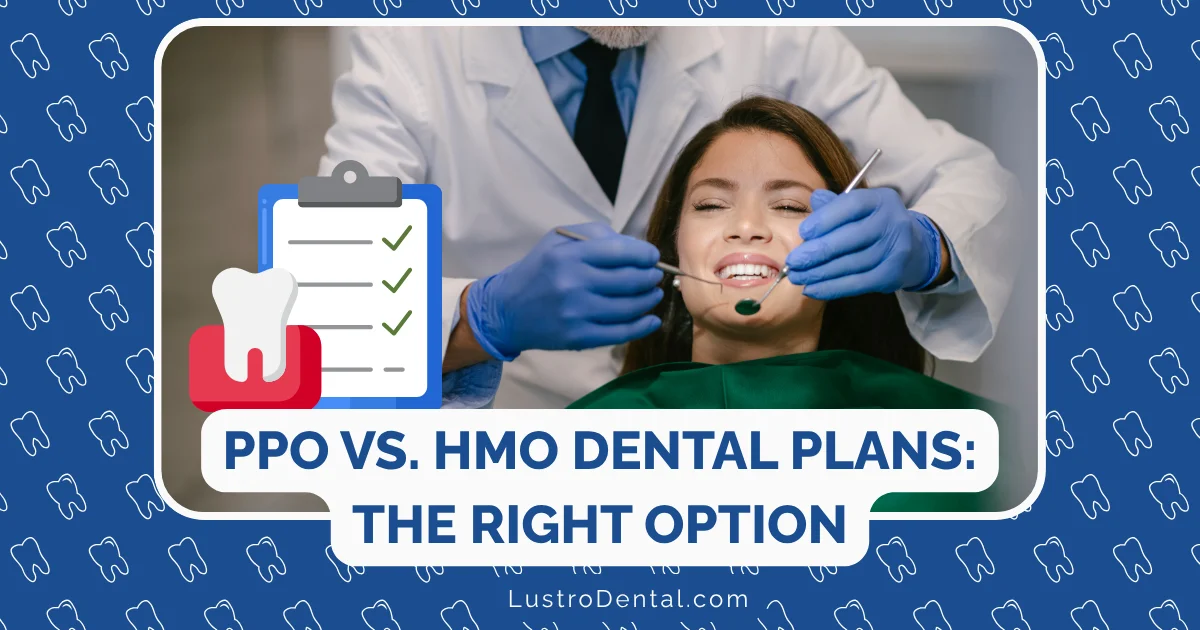
Choosing dental insurance feels like deciphering ancient hieroglyphics. PPO, HMO, UCR, EOB—the acronyms alone are enough to make your head spin. But when it comes to your family’s dental health, the stakes are too high to just pick a plan at random.
According to the American Dental Association, nearly 80% of Americans with dental insurance get it through an employer-sponsored plan. And the two most common options? PPO and HMO plans.
Let’s cut through the jargon and get to what really matters: which plan will keep your family’s smiles bright without breaking the bank.
The Short Version: PPO vs. HMO at a Glance
If you’re in a hurry, here’s the TL;DR:
PPO (Preferred Provider Organization)
- Freedom: Choose any dentist, but save more with in-network providers
- Cost: Higher premiums, possible deductibles
- Paperwork: You might need to file claims
- Specialists: No referrals needed
- Best for: Families who prioritize choice and have established dentist relationships
HMO (Health Maintenance Organization)
- Network: Must use in-network dentists only
- Cost: Lower premiums, typically no deductibles
- Paperwork: Minimal to none
- Specialists: Referrals required
- Best for: Budget-conscious families who don’t mind network restrictions
But the devil’s in the details, so let’s dig deeper.
PPO Dental Plans: Flexibility Comes at a Price
How PPO Plans Work
With a PPO plan, you’re essentially buying the freedom to choose. According to Delta Dental, one of the nation’s largest dental insurers, PPO networks include roughly 80% of practicing dentists.
Here’s the deal:
- You can see any dentist, anywhere
- Using in-network dentists gets you negotiated, discounted rates
- Going out-of-network means higher out-of-pocket costs
- Annual maximums typically range from $1,000-$2,000
- Preventive care is usually covered at 100% in-network
The Real Costs of PPO Plans
PPO freedom isn’t free. You’ll typically pay:
- Higher monthly premiums: $30-$50 per person
- Deductibles: Usually $50-$100 per person
- Coinsurance: The typical structure is 100-80-50 (100% coverage for preventive, 80% for basic procedures, 50% for major work)
A study by the National Association of Dental Plans found that the average family of four pays about $1,800 annually for a PPO dental plan when you factor in premiums and out-of-pocket costs.
When a PPO Makes Sense for Families
Consider a PPO if:
- You already have a trusted family dentist you don’t want to leave
- Your children need orthodontic work (PPOs typically offer better orthodontic coverage)
- You live in a rural area with limited dental provider options
- Family members have complex dental needs requiring specialists
- You value convenience over absolute cost savings
HMO Dental Plans: Saving Money Through Structure
How HMO Plans Work
HMO dental plans operate on a more controlled model. As Cigna explains, you’ll select a primary care dentist from the network who coordinates all your dental care.
The basics:
- You must choose a primary care dentist from the network
- You can only see in-network providers
- Your primary dentist must refer you to specialists
- No annual maximum limits in most cases
- Preventive care is typically covered at 100%
The True Economics of HMO Plans
The HMO approach typically means:
- Lower monthly premiums: Often $15-$25 per person
- No deductibles: Treatment starts without upfront costs
- Set copayments: Fixed fees for specific procedures instead of percentages
- No annual maximums: No cap on how much the plan will pay annually
Research from Consumer Reports indicates that families can save 30-40% with HMO plans compared to comparable PPO coverage.
When an HMO Makes Sense for Families
An HMO might be your best bet if:
- You’re budget-conscious and want predictable costs
- You don’t have an established relationship with a dentist
- Your family primarily needs preventive care and basic procedures
- You live in an urban area with many in-network providers
- You don’t mind the referral process for specialists
The Hidden Factors Most Comparison Articles Miss
Network Quality Matters More Than Size
It’s not just about how many dentists are in the network—it’s about their quality and convenience.
A J.D. Power study found that satisfaction with dental plans correlates more strongly with provider quality than network size.
Questions to ask:
- Are there enough in-network dentists near your home and workplace?
- What’s their reputation? (Check Google reviews)
- Do they offer convenient hours for working families?
- How long is the typical wait for an appointment?
Family-Specific Considerations
Your family’s unique situation should drive your decision:
For families with young children:
- Look for plans with good preventive care coverage
- Check if sealants and fluoride treatments are covered
- Consider how kid-friendly the in-network dentists are
For families with teens:
- Orthodontic coverage becomes crucial
- Check lifetime maximums for orthodontia
- Verify age limits on orthodontic benefits
For families with special needs:
- Verify accessibility of in-network offices
- Check coverage for additional cleanings (often needed for certain conditions)
- Consider sedation dentistry coverage if relevant
The Emergency Factor
Dental emergencies don’t respect network boundaries. According to the American Association of Endodontists, 22% of Americans have experienced dental pain severe enough to seek emergency care.
- PPO plans typically offer better emergency coverage away from home
- HMO plans may have limited emergency options or higher out-of-network costs
- Some HMOs have emergency provisions, but they vary widely
Making the Decision: A Practical Approach
Step 1: Inventory Your Family’s Dental Needs
Make a list of:
- Current dentists you want to keep
- Upcoming dental work you anticipate
- Orthodontic needs in the next few years
- Any special dental concerns
Step 2: Run the Numbers
Don’t just compare premiums. Calculate your total annual cost:
- Monthly premiums × 12
- Estimated out-of-pocket costs for planned procedures
- Potential costs for unexpected issues
Step 3: Check the Networks
For plans you’re considering:
- Verify if your current dentists are in-network
- Check the network adequacy in your area
- Look at reviews for in-network providers
Step 4: Consider the Intangibles
Some factors that matter but don’t show up on the plan comparison chart:
- Ease of getting appointments
- Quality of customer service
- Simplicity of claims process
- Mobile app and online tools
Real-World Scenarios: Which Plan Wins?
The “Basic Needs” Family
The Johnsons: Two adults, two young children. Everyone has healthy teeth and just needs regular checkups.
Best Choice: HMO plan Why: Lower premiums, no deductibles, and 100% coverage for preventive care make this a cost-effective choice for a family with minimal dental needs.
The “Braces and Bridges” Family
The Garcias: Two adults (one needing a bridge), two teens (both needing braces).
Best Choice: PPO plan Why: Better coverage for major work and orthodontics, higher annual maximums, and the ability to choose specialists make this worth the higher premiums.
The “Mixed Needs” Family
The Wilsons: Two adults (one with an established dentist relationship), one child with special needs requiring frequent cleanings.
Best Choice: PPO plan with good preventive care coverage Why: The flexibility to keep the established dentist relationship and better coverage for additional cleanings outweigh the higher costs.
Beyond PPO and HMO: Other Options to Consider
Don’t limit yourself to just these two options. Consider:
Dental Discount Plans
Not insurance, but membership programs offering 10-60% discounts on dental services.
- No annual maximums
- No paperwork
- Immediate coverage (no waiting periods)
- Often cheaper than traditional insurance
Direct Primary Care Dental Practices
A growing trend where you pay a monthly membership fee directly to a dental practice.
- Transparent pricing
- No insurance middleman
- Typically includes all preventive care
- Discounts on additional services
The Bottom Line
There’s no one-size-fits-all answer to the PPO vs. HMO debate. Your family’s specific needs, budget, and preferences should drive your decision.
Remember:
- PPOs offer more freedom but at a higher cost
- HMOs provide savings through structure and limitations
- The best plan is the one that fits your family’s unique situation
What’s your experience with dental insurance? Have you found PPO or HMO plans better for your family? Share your insights in the comments below!


